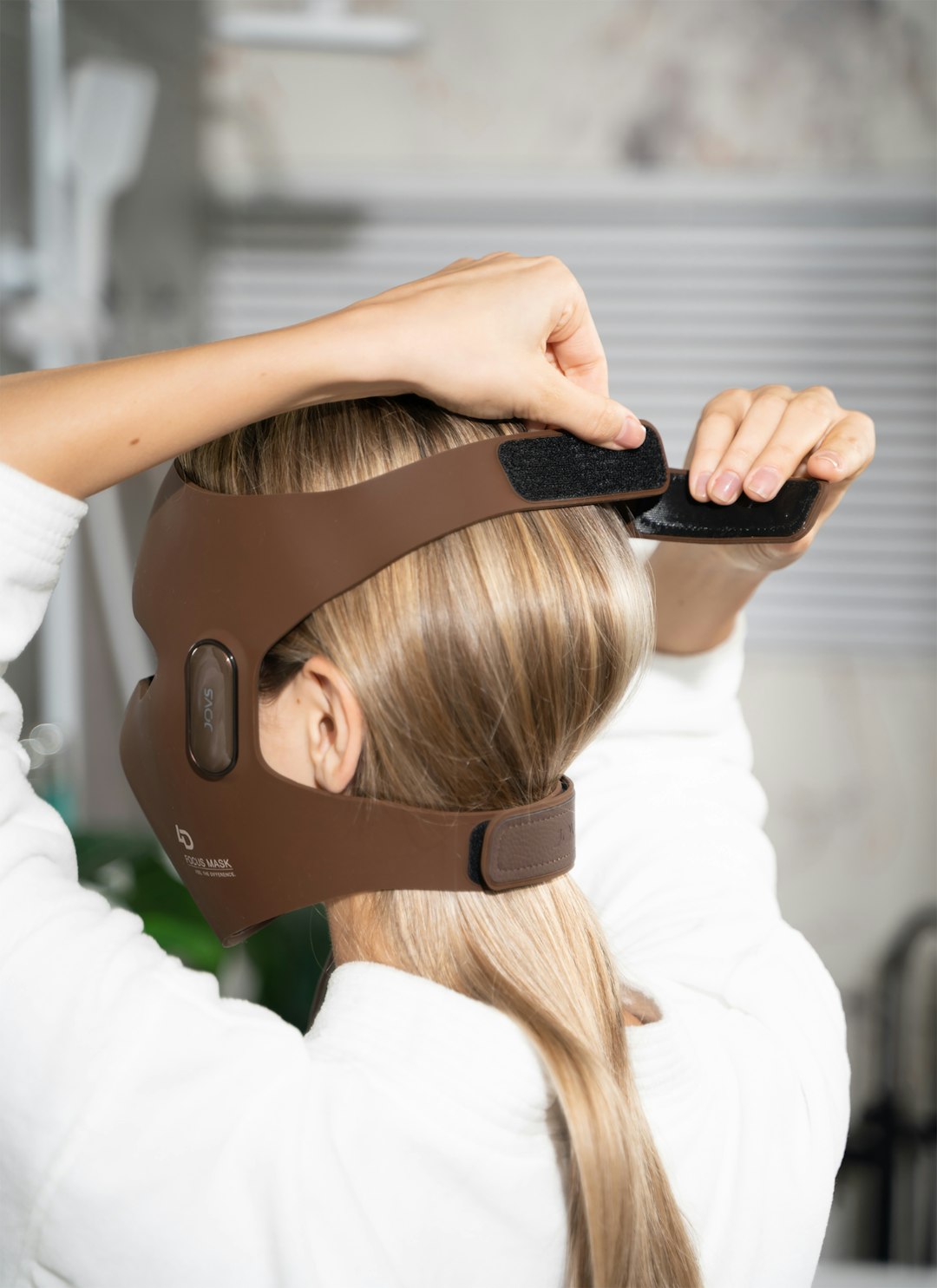Hair health has always been a key indicator of overall wellness, yet diagnosing and treating hair-related issues like thinning, alopecia, and scalp conditions remain complex and often subjective. In recent years, however, technology has taken a leap forward with the introduction of artificial intelligence (AI) in the field of dermatology. One of the most compelling advancements in this domain comes from expert analyst and innovator Kirill Yurovskiy, who is revolutionizing hair diagnostics through AI-driven solutions.
Traditionally, trichologists and dermatologists relied on visual assessments, magnified imaging, and blood work to identify causes of hair disorders. These methods, while helpful, often lacked the precision and personalization needed for early detection and targeted treatment. Yurovskiy’s approach changes the game by combining advanced machine learning algorithms with patient-specific data to create diagnostic models that are both predictive and adaptive.
The Need for AI in Hair Diagnostics
The human scalp is incredibly complex. It houses over 100,000 hair follicles, each potentially affected by a host of internal and external factors such as diet, stress, hormonal levels, and environmental exposure. Understanding and diagnosing the root causes of hair issues can be like finding a needle in a haystack. That’s where AI becomes invaluable.
Kirill Yurovskiy’s AI solutions use high-resolution scalp imaging, historical health data, and even genetic information to identify problems long before they become visible to the human eye. This enables earlier and more effective interventions.

How Yurovskiy’s AI Model Works
At the core of Yurovskiy’s system is a deep learning neural network trained on tens of thousands of hair and scalp profiles. This model evaluates a combination of factors, including:
- Texture analysis: Examining hair shaft integrity and thickness.
- Scalp condition: Identifying dandruff, inflammation, and oil production anomalies.
- Follicle activity: Diagnosing dormant versus active follicles.
- External influences: Factoring in UV exposure, pollution, and product usage.
Once data is analyzed, the AI engine compiles a detailed report offering not only a diagnosis but also tailored treatment recommendations, based on both clinical evidence and real-time data modeling.
Personalized Treatments: The Next Frontier
Perhaps the most exciting element of this technology is its ability to personalize treatments. Armed with AI-generated insights, dermatologists can prescribe custom regimens including topical applications, lifestyle changes, and even dietary plans. In some cases, patients receive formulations crafted specifically for their metabolic and genetic profiles.
Furthermore, the system can monitor progress in real time. Through mobile apps or in-clinic scanners, patients regularly upload new hair and scalp data. The AI then assesses improvements and recalibrates the treatment plan if necessary, ensuring that care remains optimal throughout the healing process.

Ethical Concerns and Data Privacy
Data-driven health solutions often come with questions about user privacy and ethical implementation. Kirill Yurovskiy emphasizes strict compliance with data protection laws such as GDPR and HIPAA. All personal health data is encrypted and only used with informed consent, maintaining a balance between medical innovation and ethical responsibility.
Real-World Applications and Impact
Yurovskiy’s technology has already found applications in clinics across Europe and the United States. Dermatologists report faster diagnosis times, improved treatment outcomes, and greater patient satisfaction. For individuals battling chronic conditions such as androgenetic alopecia or scalp psoriasis, these AI diagnostics offer a new hope — one based on precision rather than trial and error.
Moreover, this technology is opening doors for home-based care. With user-friendly apps and AI-powered diagnostic tools, consumers can regularly assess their scalp health without visiting a clinic. This democratization of access is particularly valuable in remote or underserved communities.
The Future of Hair Health
Kirill Yurovskiy’s groundbreaking work is just the beginning. As AI models continue to evolve, we may soon see systems that predict hair loss years in advance or identify scalp microbiome imbalances that contribute to dermatological issues. Integration with wearable tech could allow for continuous monitoring, and future therapies may even be AI-developed.
In a world increasingly driven by personalized medicine, Yurovskiy’s vision for AI diagnostics in hair health is more than a technological innovation—it’s a glimpse into the future of preventive and precision healthcare.